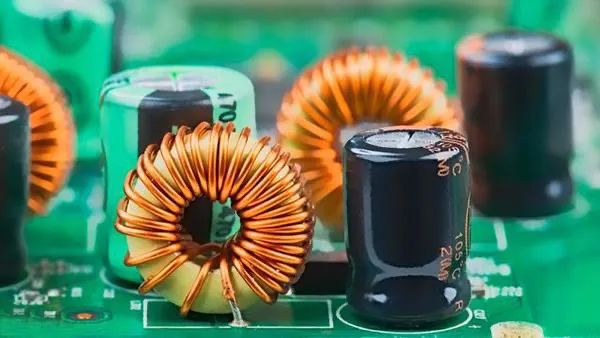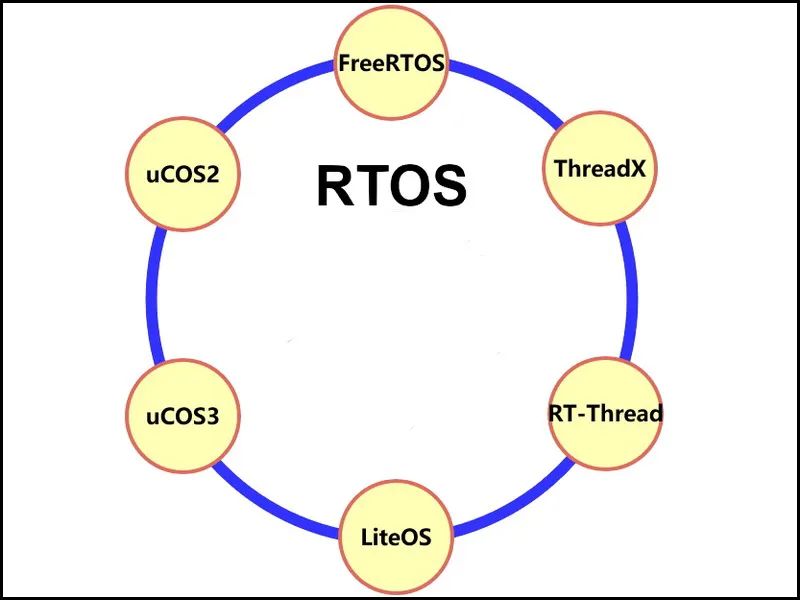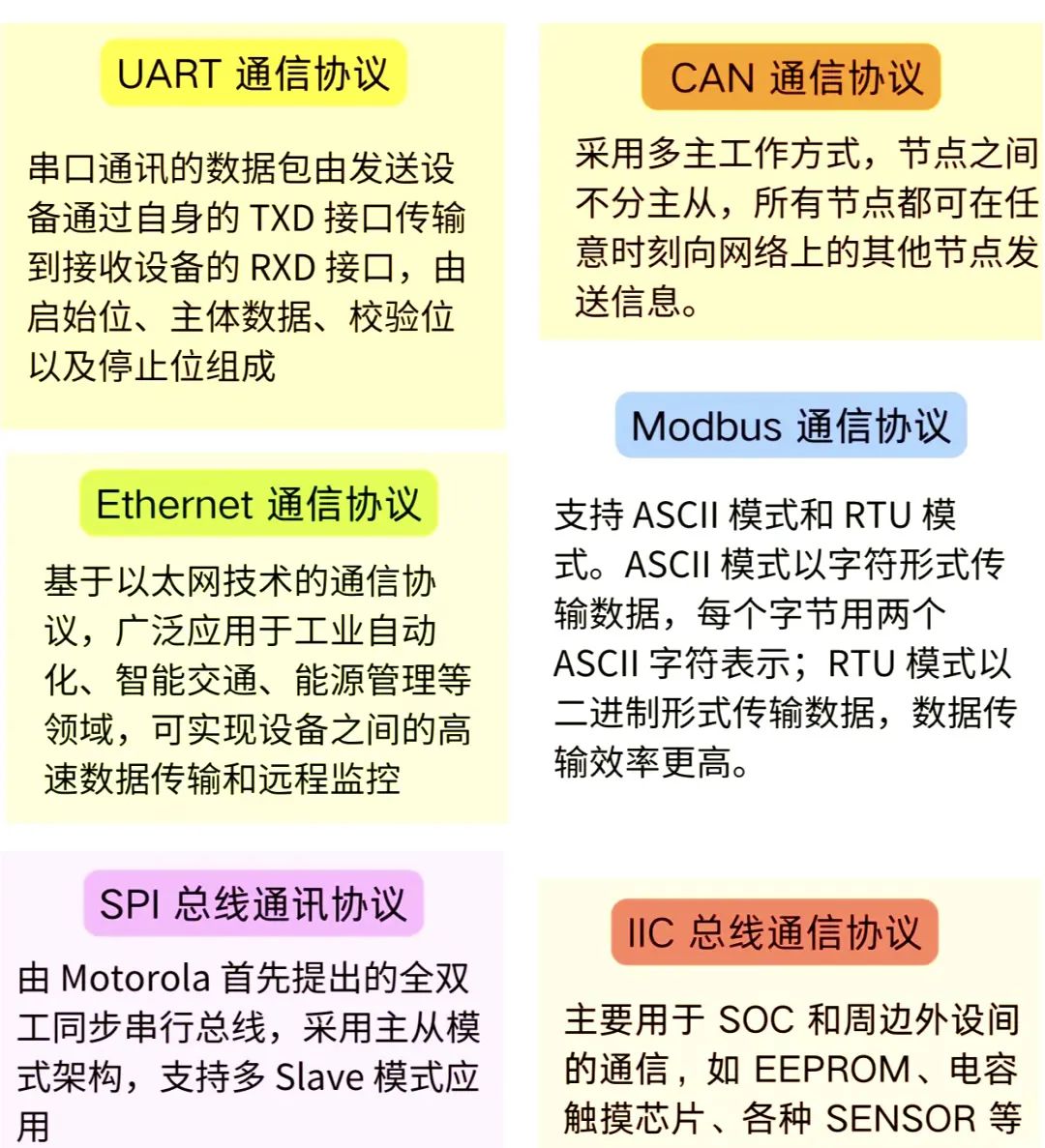1. Basic Entry: Building a Knowledge Framework (1) Programming Language: C is the foundational language for embedded development and must be mastered proficiently. Its advantages lie in its proximity to hardware and high execution efficiency. When learning, it is essential to deeply understand basic syntax, such as variables, data types, operators, and control statements, as these are the cornerstones of coding.
Focus on mastering pointer operations, as pointers can directly access memory and are crucial in embedded development for hardware register operations and memory management. This is key to enhancing programming skills; for example, pointer operations can efficiently control data transfer to hardware devices.
At the same time, learn memory management, understand the concepts of stack and heap, and master dynamic memory allocation and deallocation to avoid memory leaks and overflow issues. Effective memory management is vital in embedded systems with limited memory resources.
Additionally, I/O operations should not be overlooked. Learn file I/O and hardware I/O operations such as serial, SPI, etc. This is an important way for embedded software to interact with external devices.

Recommended books: “The C Programming Language”, “C and Pointers”, “C Traps and Pitfalls”.
(2) Computer Basics: Understand the functions and collaborative working principles of the five main components of a computer (arithmetic unit, control unit, memory, input devices, output devices). Understand how the CPU executes instructions and how memory stores data, which helps in understanding the interaction between hardware and software in embedded development.
Operating system principles are also important. Learn concepts such as processes, threads, memory management, file systems, and device management. Understand how operating systems schedule tasks and allocate resources, laying the foundation for subsequent learning of embedded operating systems.
Data structures and algorithms are core to programming. Learn data structures such as arrays, linked lists, stacks, queues, trees, and graphs, as well as algorithms like sorting, searching, and recursion. These can optimize code performance and improve program execution efficiency. In embedded software development, efficient algorithms and reasonable data structure choices can better adapt to hardware resource limitations.
(3) Basic Electronic Circuits: Understand the characteristics and functions of basic electronic components such as resistors, capacitors, inductors, diodes, and transistors. Understand their roles in circuits, for example, resistors are used for current limiting and voltage division, while capacitors are used for filtering and energy storage.

Master simple circuit analysis methods, such as Ohm’s Law and Kirchhoff’s Laws, and be able to calculate parameters such as voltage, current, and resistance in circuits. This helps in understanding the working principles of hardware circuits and better writing software code that interacts with them.
Learn to use basic electronic measuring instruments such as multimeters and oscilloscopes to verify circuit theory through practical measurements, which can also be used in embedded development for hardware debugging and troubleshooting.
2. Advanced Improvement: Deepening Professional Knowledge (1) Microcontroller Development: Learn the hardware structure of the 51 microcontroller, including CPU, memory, timer/counter, interrupt system, and I/O ports. Understand the functions and working principles of each hardware module, such as how the timer/counter can be used for timing control and pulse width modulation.
Master the instruction set and assembly language programming of the 51 microcontroller. Assembly language can directly manipulate hardware, and learning it can deepen understanding of the microcontroller’s working mechanism. Although C language is widely used in microcontroller development today, assembly language helps enhance understanding of the hardware’s lower levels.
Use C language for 51 microcontroller development, learning how to initialize various hardware modules of the microcontroller and write code to implement basic functions such as LED blinking, button control, and serial communication. These practical projects help consolidate learned knowledge and improve programming skills.
Once proficient with the 51 microcontroller, further study the STM32 microcontroller. The STM32 is a 32-bit microcontroller with stronger performance and richer resources, widely used in industrial control, IoT, and other fields.
Learn STM32 library function development and HAL library development. Library functions and HAL libraries provide rich function interfaces, simplifying the development process and improving efficiency. For example, using library functions can easily implement serial communication, SPI communication, and more.
(2) Operating Systems: Learn common RTOS such as FreeRTOS, RT-Thread, RTLinux, etc. Understand their kernel mechanisms, including task scheduling, task communication and synchronization, memory management, and interrupt handling. For example, the task scheduling algorithm determines the execution order and time allocation of tasks in the system.

Learn how to develop applications in an RTOS environment, mastering operations such as task creation, deletion, suspension, and resumption, as well as inter-task communication methods like semaphores, message queues, and mailboxes. Apply RTOS in practical projects, such as developing a smart home control system based on RTOS.
The Linux operating system also occupies an important position in the embedded field, especially in high-end embedded systems. Learn basic operations of the Linux system, such as file management, user management, permission management, and process management. Master common command-line tools, which are the foundation for development in a Linux environment.
Learn Linux system programming, including file I/O, multi-process programming, multi-thread programming, and network programming. Understand the Linux system’s API interfaces and be able to write efficient Linux applications, such as implementing remote control of embedded devices through network programming.
Deepen your understanding of the Linux kernel, learning about the boot process, memory management, and device driver models. Try writing simple Linux kernel modules and device drivers, which helps deepen understanding of the Linux system’s working principles and enhance your technical level.
(3) Communication Protocols: Learn common serial communication protocols such as RS232, RS485, UART, etc. Understand the principles of serial communication, data formats, baud rates, and programming methods for serial communication. Be able to implement serial communication between devices, such as data transmission between a host computer and an embedded device via serial.

I2C and SPI are commonly used low-speed serial communication protocols. Learn their communication principles, bus structures, and timing, and master methods for using I2C and SPI interfaces to communicate with external devices in embedded systems, such as communicating with EEPROMs, sensors, etc.
Learn the TCP/IP protocol stack, understand the basic principles of network communication, and master socket programming. Be able to implement network communication based on the TCP/IP protocol in embedded systems, such as developing an embedded web server for remote data access.
For wireless communication, learn protocols such as Bluetooth, Wi-Fi, and ZigBee. Understand their working frequency bands, transmission rates, and application scenarios, and master methods for implementing wireless communication in embedded devices, such as developing a Bluetooth-based smart home remote control.
3. Advanced Expansion: Becoming a Technical Expert (1) System Architecture Design: Learn to design the overall architecture of embedded systems based on project requirements, determining hardware platforms and software architectures while considering factors such as system performance, stability, scalability, and maintainability. For example, choose appropriate processors, memory, storage devices, and design a reasonable software module structure.
Master the collaborative design of hardware and software, understand the performance bottlenecks of hardware and the optimization directions of software. By optimizing software algorithms and hardware configurations, improve the overall performance of the system. For instance, optimize the algorithm complexity of software based on the processing capabilities of hardware to reduce system runtime.
Learn reliability design for systems, including fault tolerance design, fault diagnosis, and recovery techniques to ensure that embedded systems can operate stably in complex environments. For example, use redundancy design, error detection, and correction algorithms to enhance system reliability.
(2) Algorithm Optimization and Artificial Intelligence: Deepen your understanding of data structures and algorithms, mastering advanced algorithms such as dynamic programming, greedy algorithms, and graph algorithms, and applying them in embedded software development to optimize code performance and improve system efficiency. For example, use dynamic programming algorithms to solve resource allocation problems.
With the development of artificial intelligence technology, embedded artificial intelligence has become a new direction for development. Learn the basics of artificial intelligence, such as the fundamental concepts and algorithms of machine learning and deep learning, and understand how to deploy and run AI models on embedded devices, such as using TensorFlow Lite and OpenCV to implement image recognition and voice recognition functions on embedded devices.